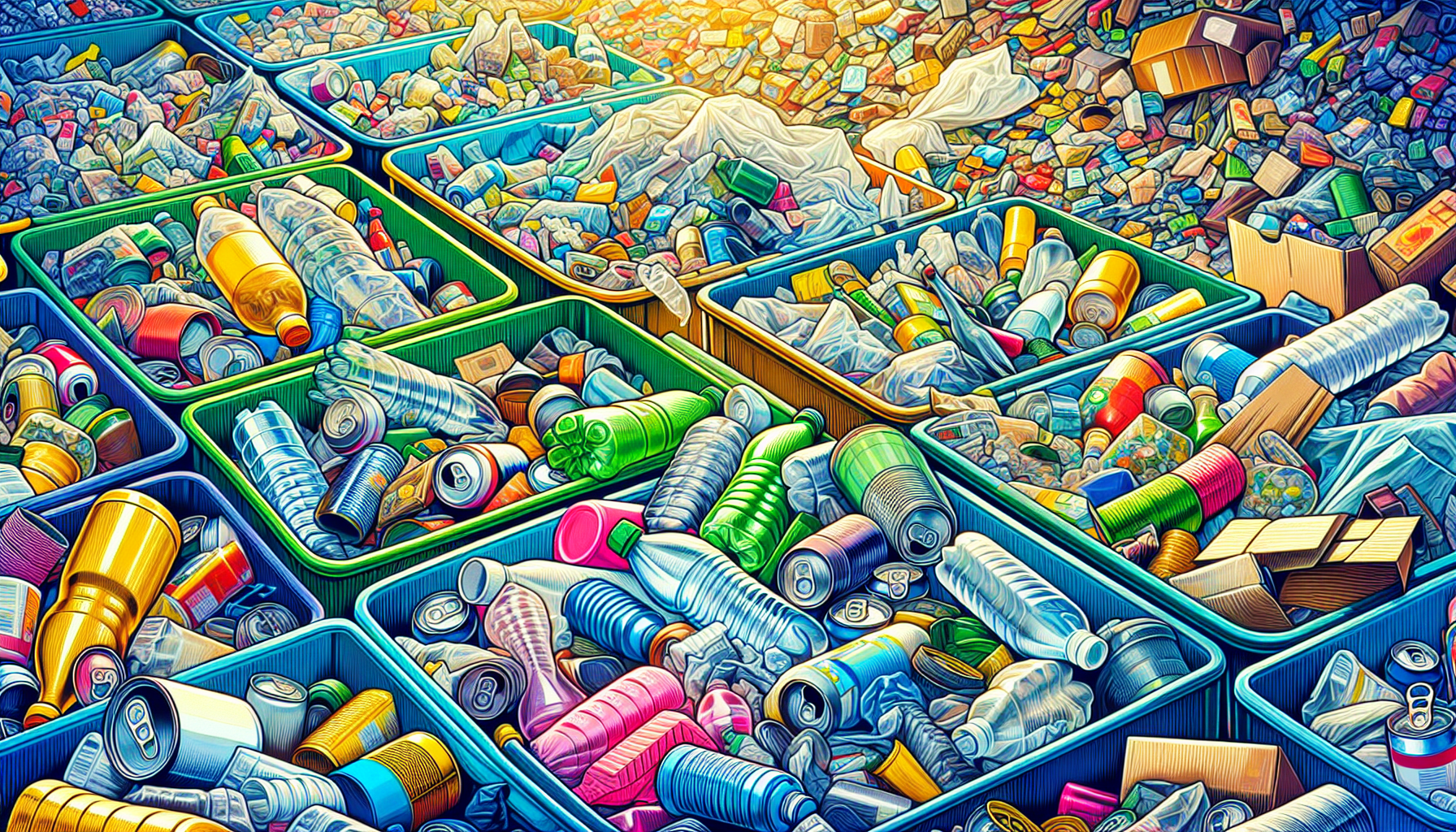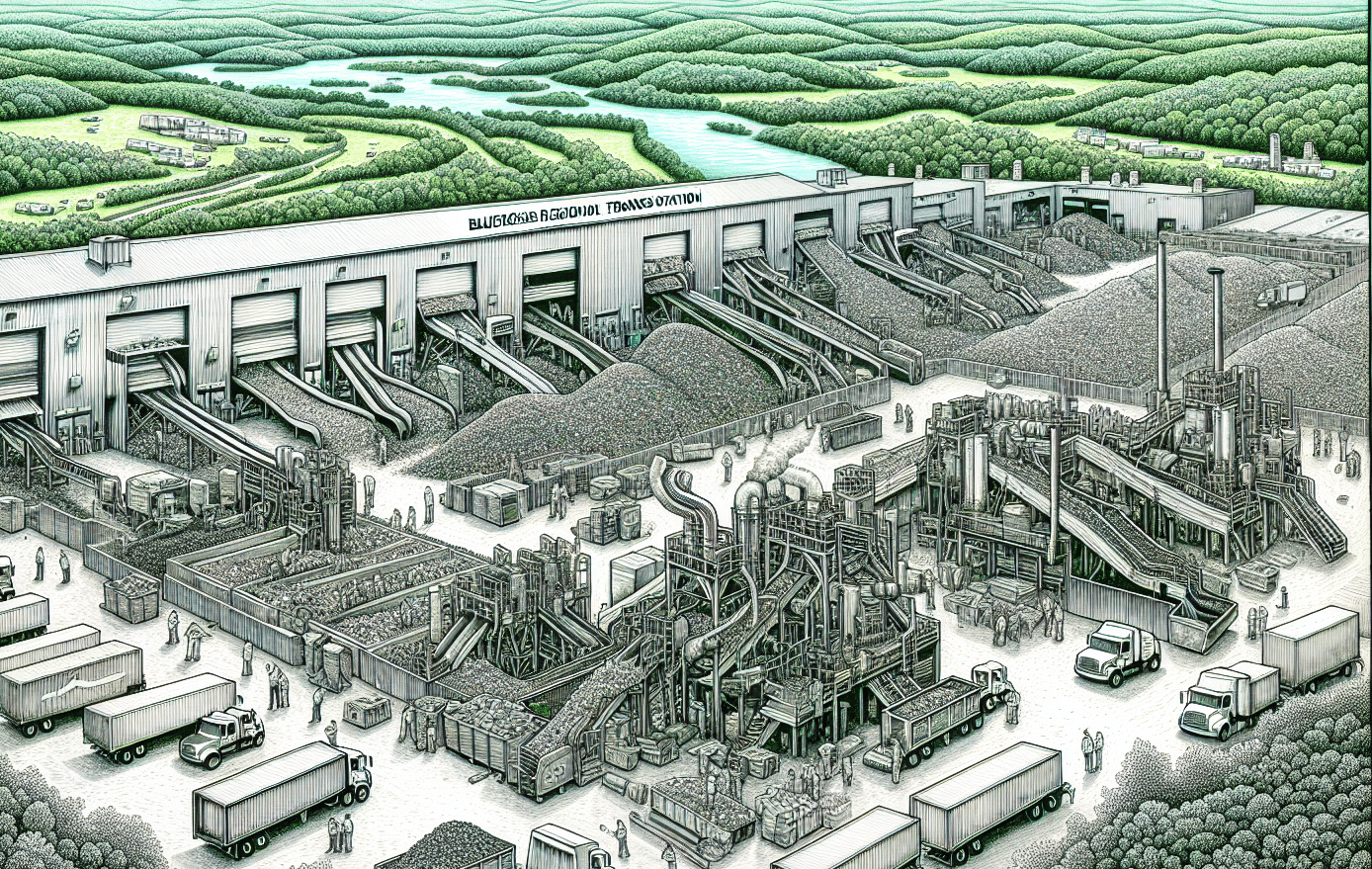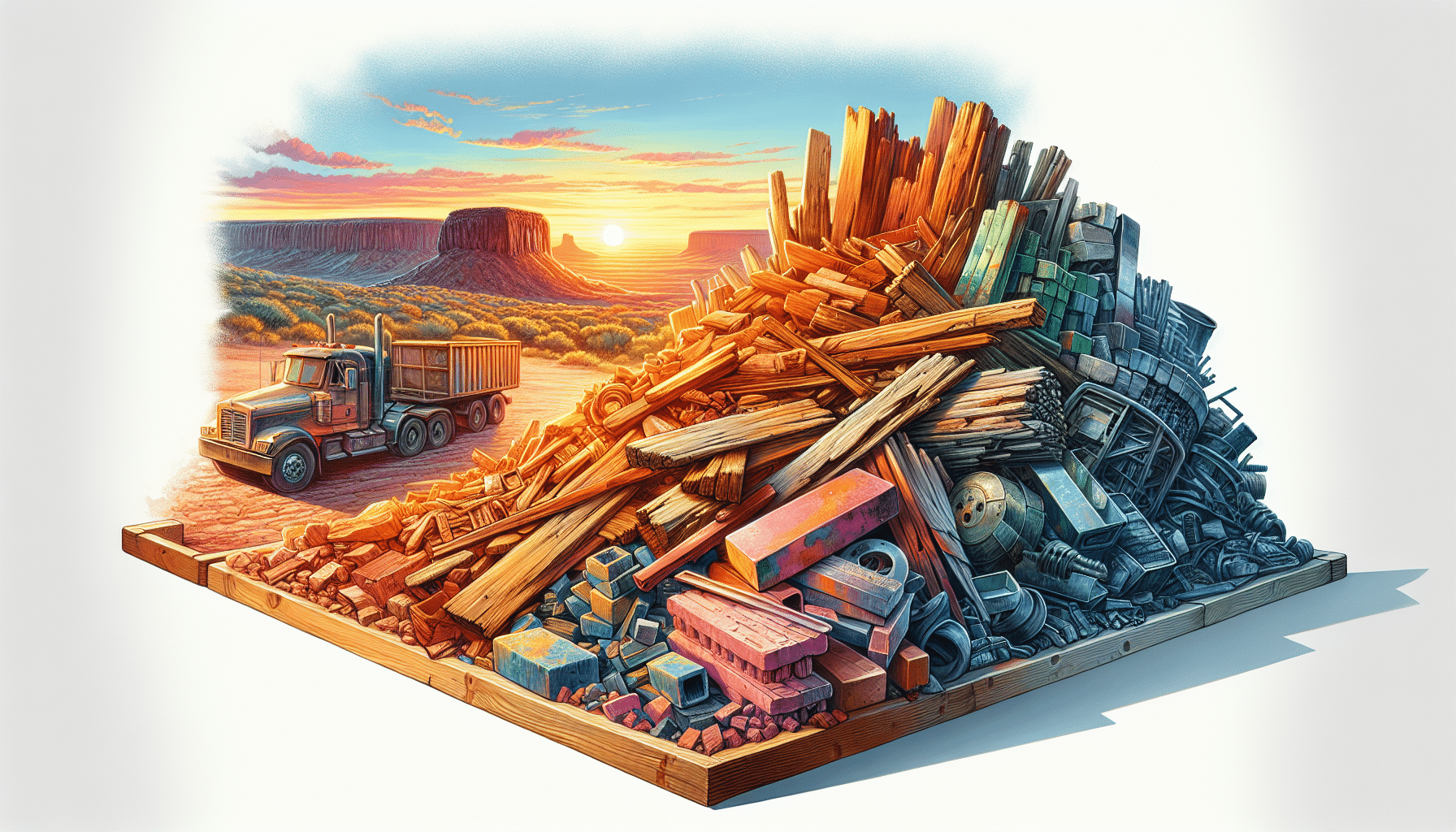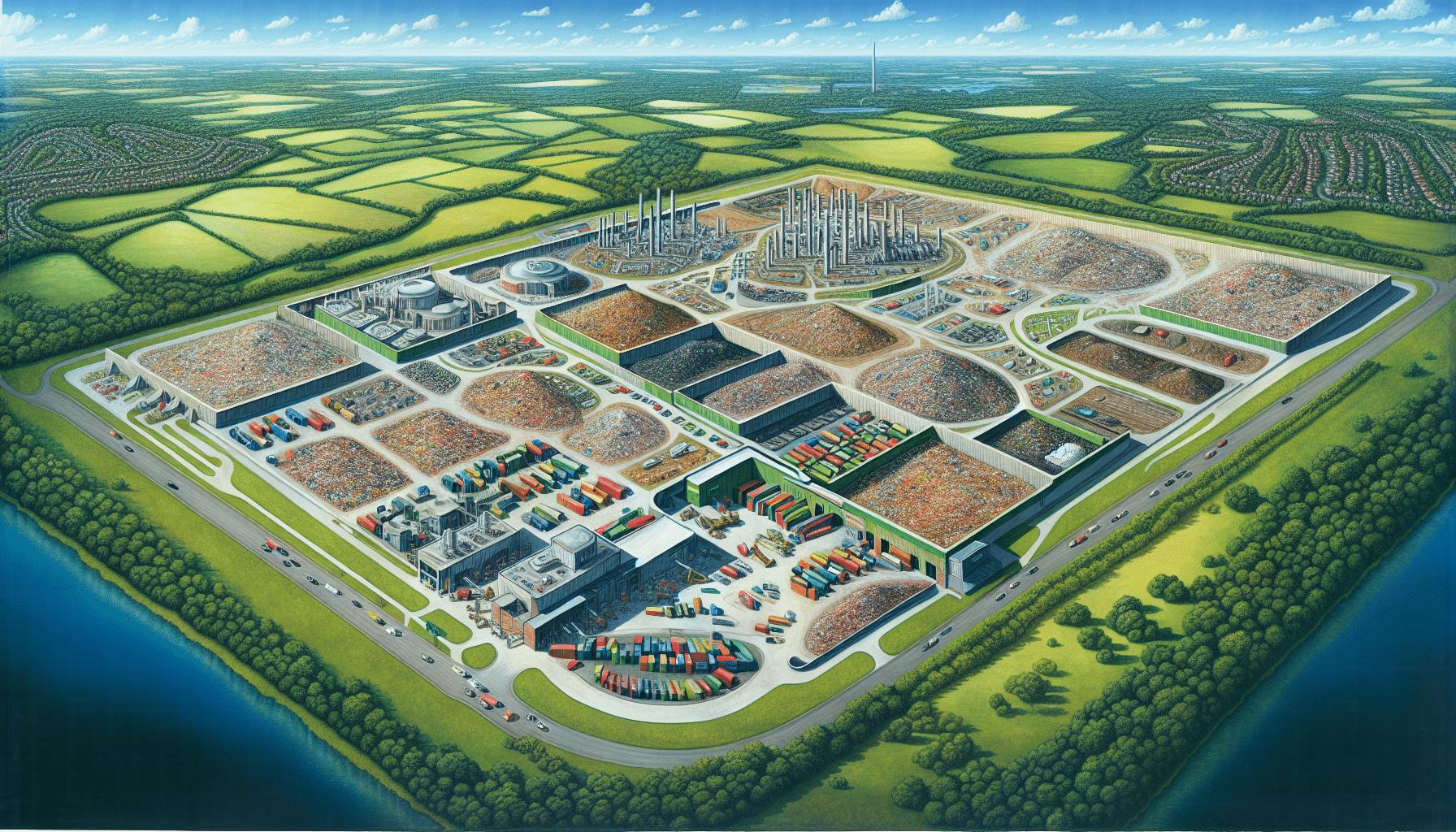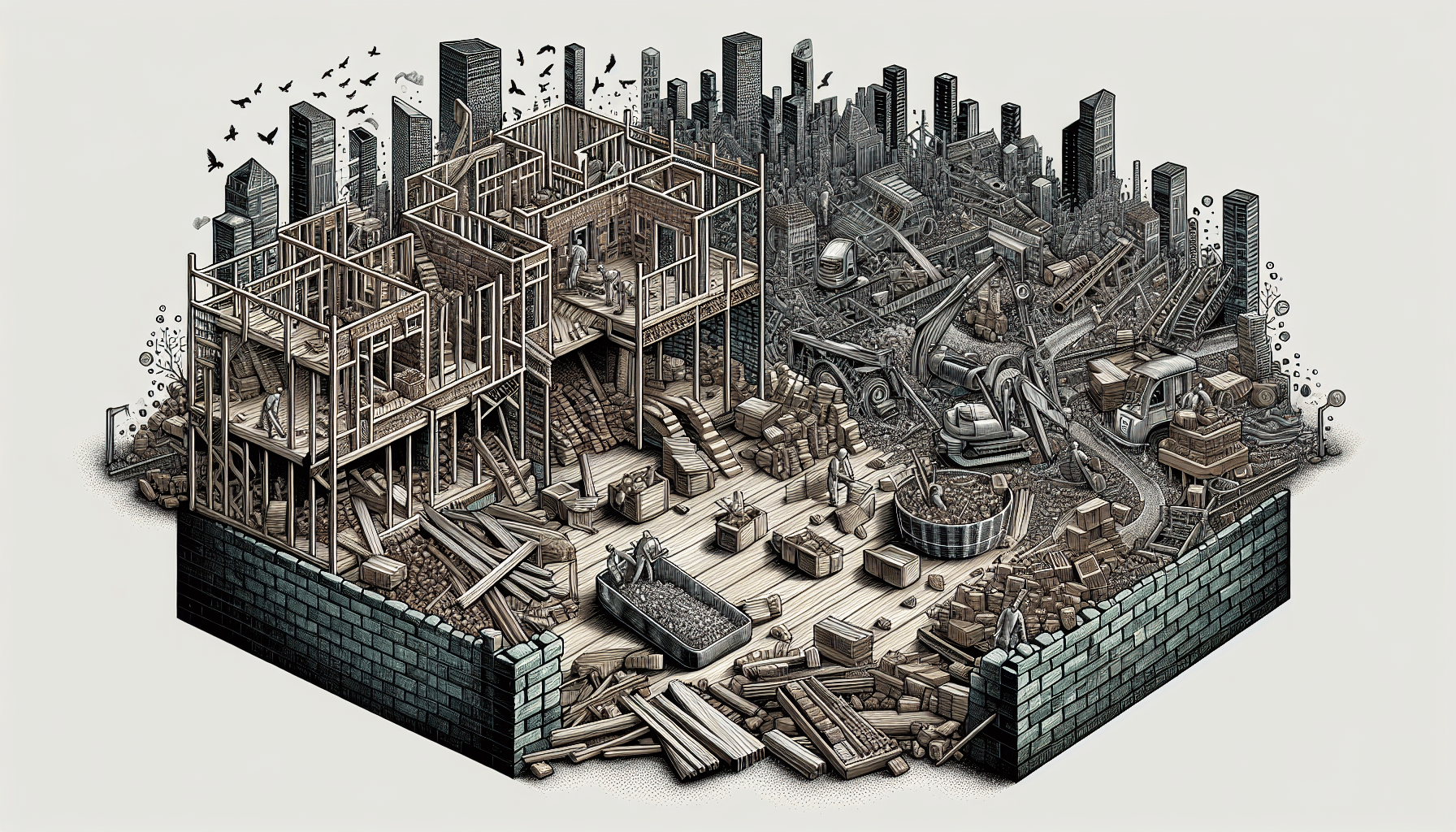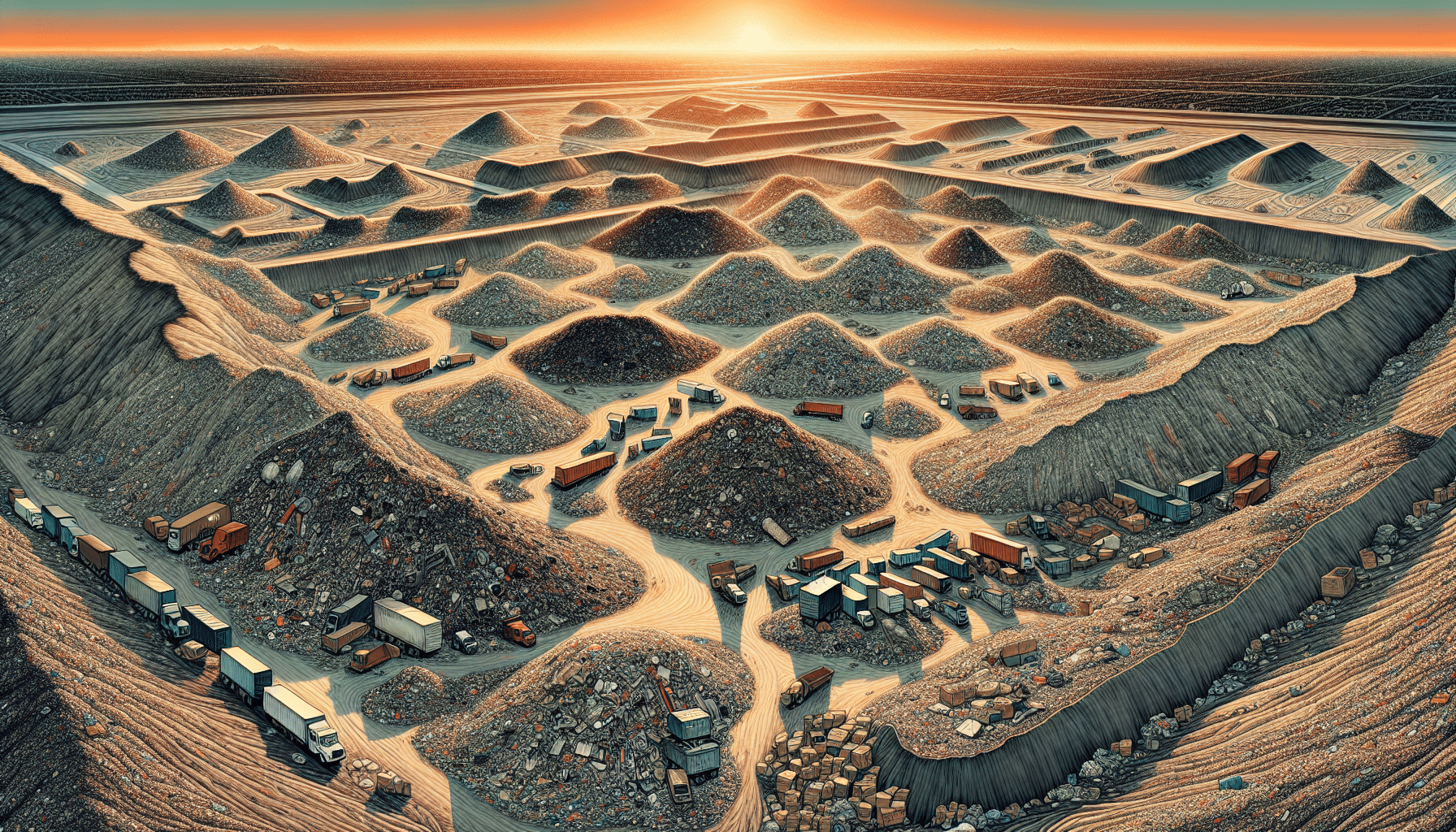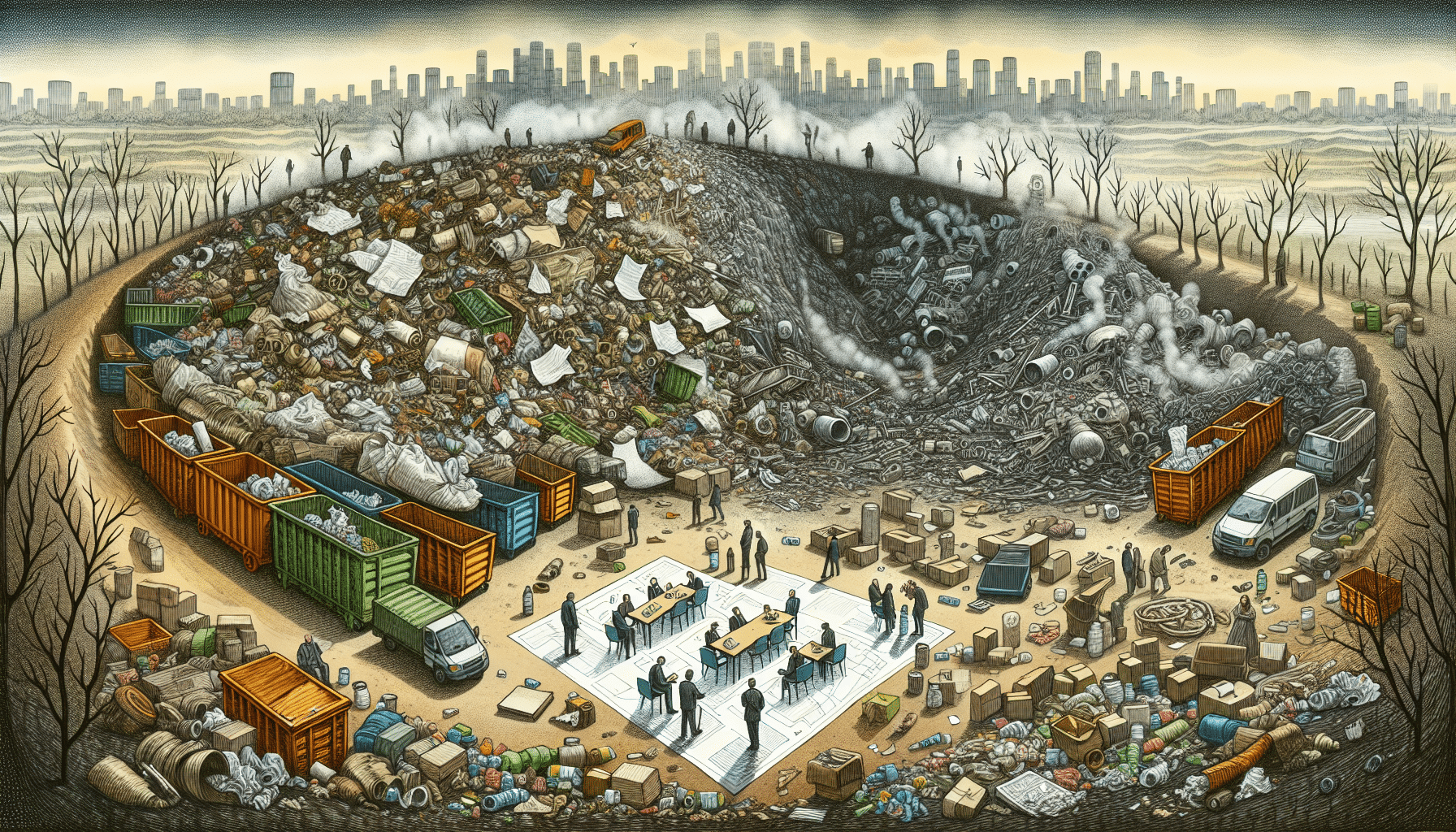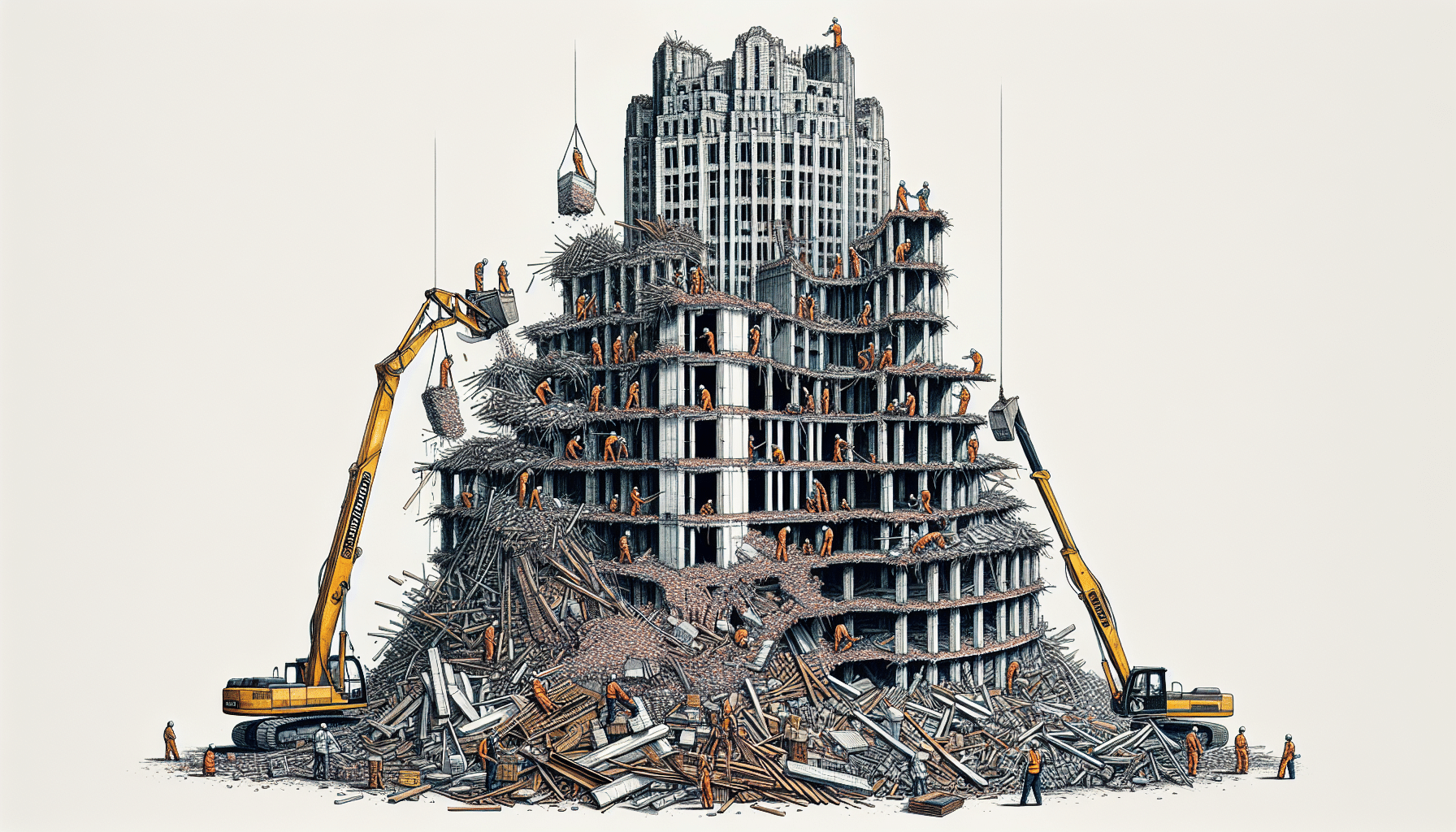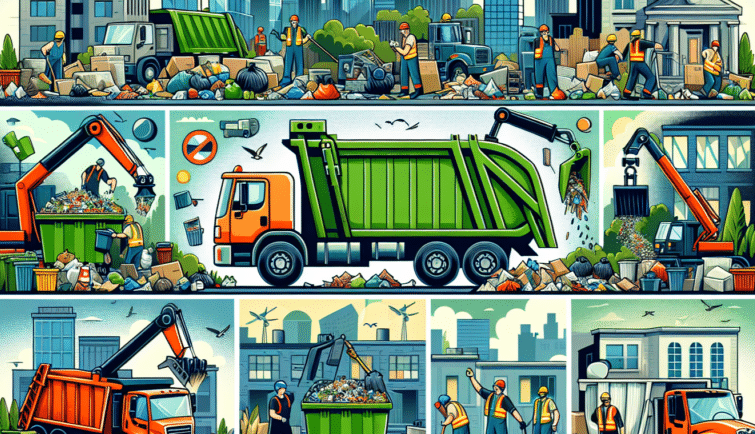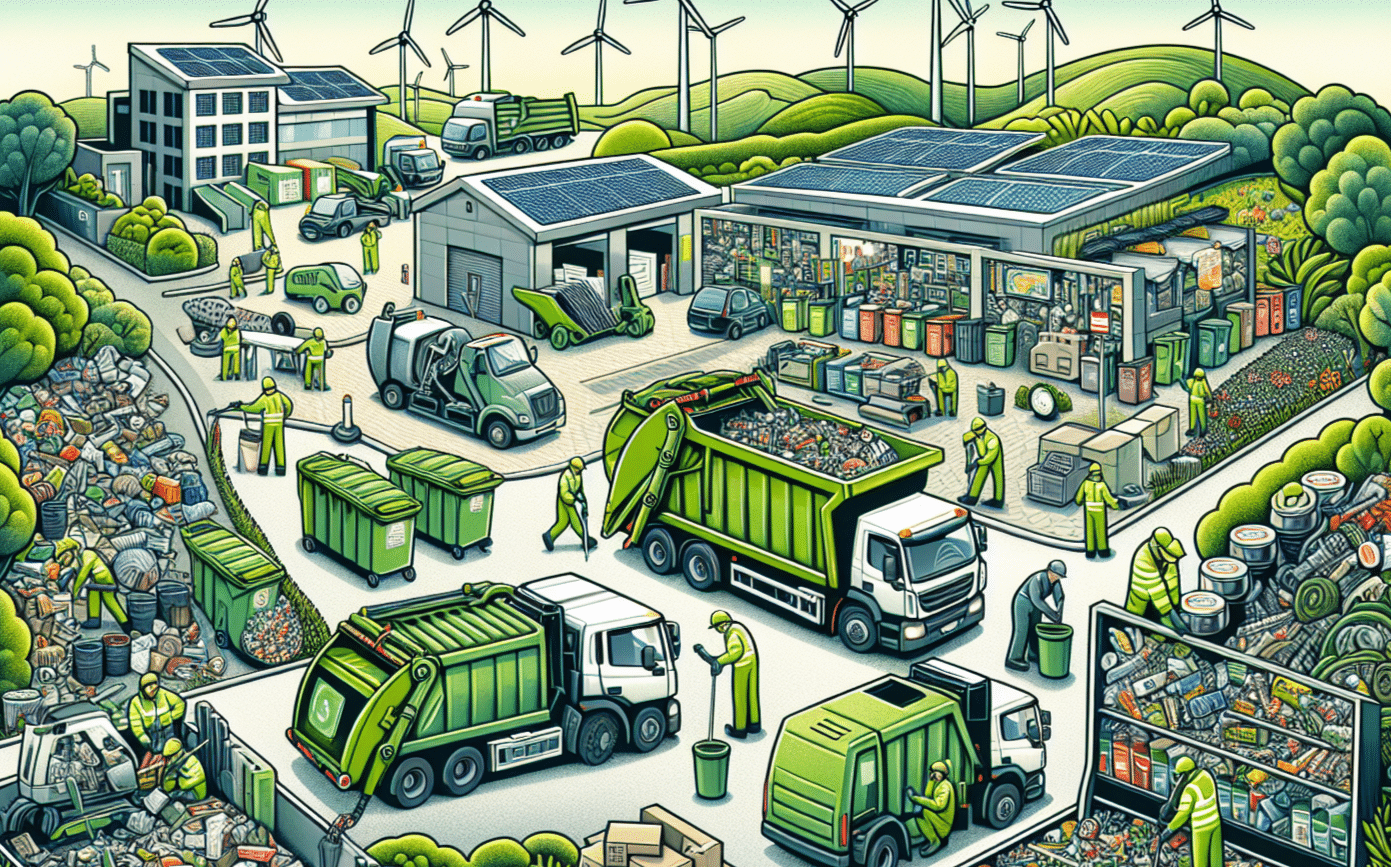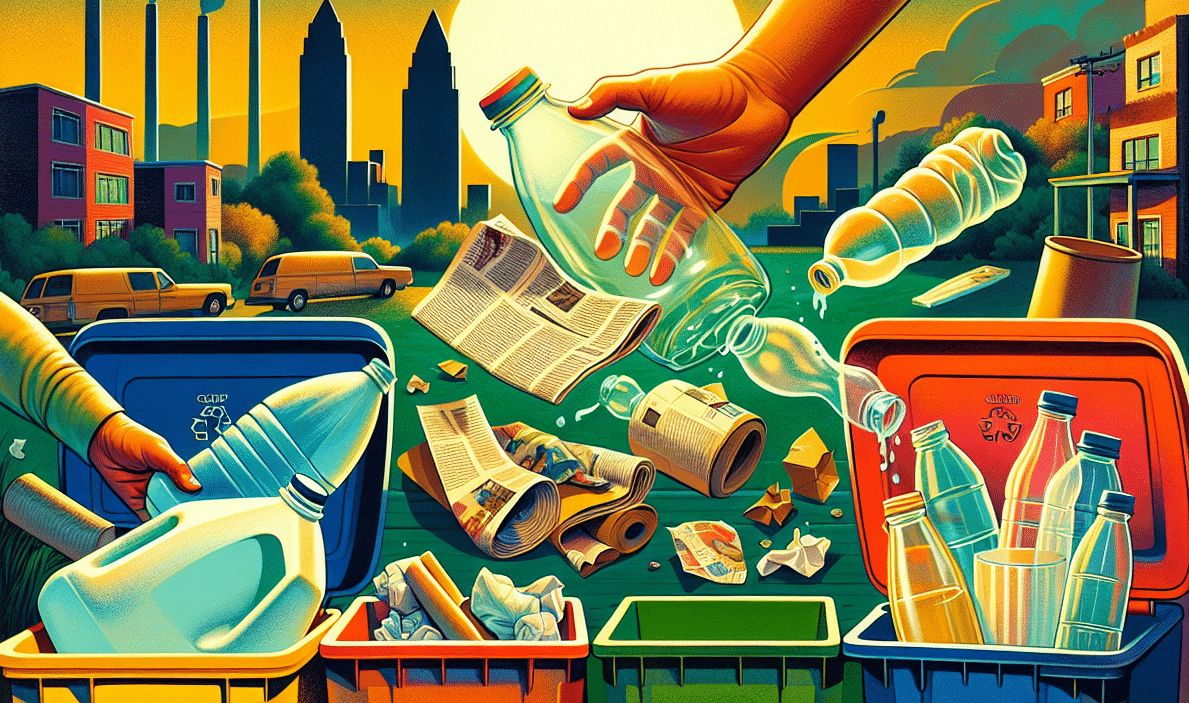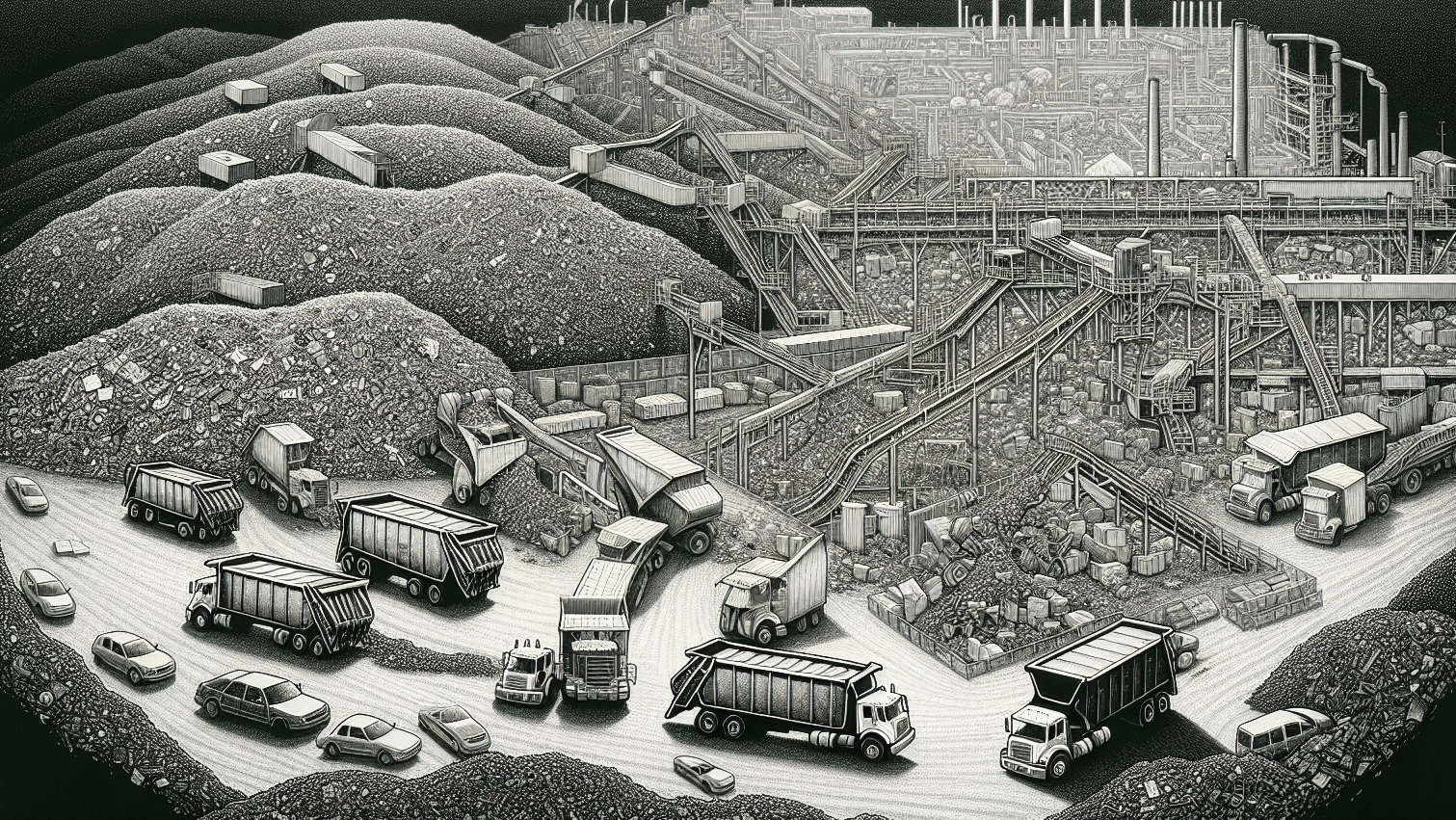Are you looking for landfills in Cincinnati, OH? Discover how the city manages its waste with a focus on sustainability and innovation. We’ll cover the essentials of local landfills’ operations, accepted waste types, and their roles in environmental protection. This guide promises comprehensive insights into Cincinnati’s approach to waste management.
Key Takeaways
- Cincinnati’s waste management prioritizes sustainability by centralizing disposal at regional landfills with eco-friendly strategies, such as repurposing construction debris and converting landfill gas to energy.
- The city offers comprehensive waste services for both residential and commercial needs, facilitated by an advanced fleet powered by compressed natural gas (CNG) and an emphasis on recycling and waste reduction.
- Environmental safety at Cincinnati’s landfills is ensured through engineered measures such as protective liners, leachate collection systems, and landfill gas recovery, with continuous monitoring for compliance and air quality.
Overview of Cincinnati Landfills
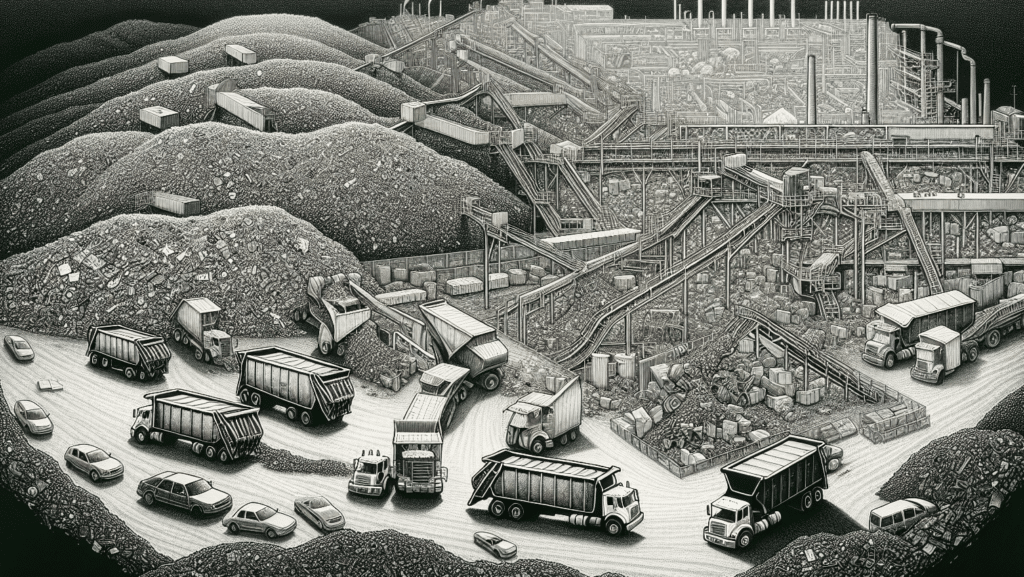
Cincinnati’s approach to managing waste materials is a well-orchestrated symphony of strategy and sustainability. Every broken toy, discarded wrapper, and construction rubble finds its way to a destination designed for environmental safety and compliance. Centralizing waste disposal at strategic locations, like the eleven regional landfills run by Rumpke Waste & Recycling, allows the city to minimize long-distance trash hauling, thereby reducing the carbon footprint of waste management.
These landfills aren’t just holes in the ground; they are carefully constructed in layers, complete with protective liners to prevent contamination, and topped with soil or non-degradable materials to keep waste securely enclosed.
H. Hafner & Sons Construction/Demolition Debris Recycling Center
H. Hafner & Sons is a beacon of recycling solutions in Cincinnati, specializing in giving new life to construction and demolition debris. At this facility, the debris from deconstructed buildings—concrete, brick, wood, and stone—is not seen as waste but as an opportunity for rebirth. Clean hard fill materials such as block and tile also find a home here, provided they meet the Health District’s filling operations guidelines.
Hafner & Sons champion a reuse cycle by repurposing old structures into material for new construction, contributing to the city’s green initiatives.
Rumpke Sanitary Landfill
Rumpke Sanitary Landfill goes beyond mere disposal; it is a hub of energy transformation, converting the landfill gas—a byproduct of waste decomposition—into a power source for over 25,000 homes in Cincinnati. Since 1986, with expansions in 1995 and 2007, this facility has been at the forefront of methane gas recovery, showcasing the potential of waste to contribute to the city’s energy needs.
The landfill is not just about managing garbage; it is about resourcefulness and innovation, operating the world’s largest landfill gas-to-pipeline energy facility in partnership with Montauk Energy Capital and Duke Energy. Located in the heart of Colerain Township, the landfill is a testament to Rumpke’s commitment to environmental stewardship and community service.
Waste Management Services in Cincinnati
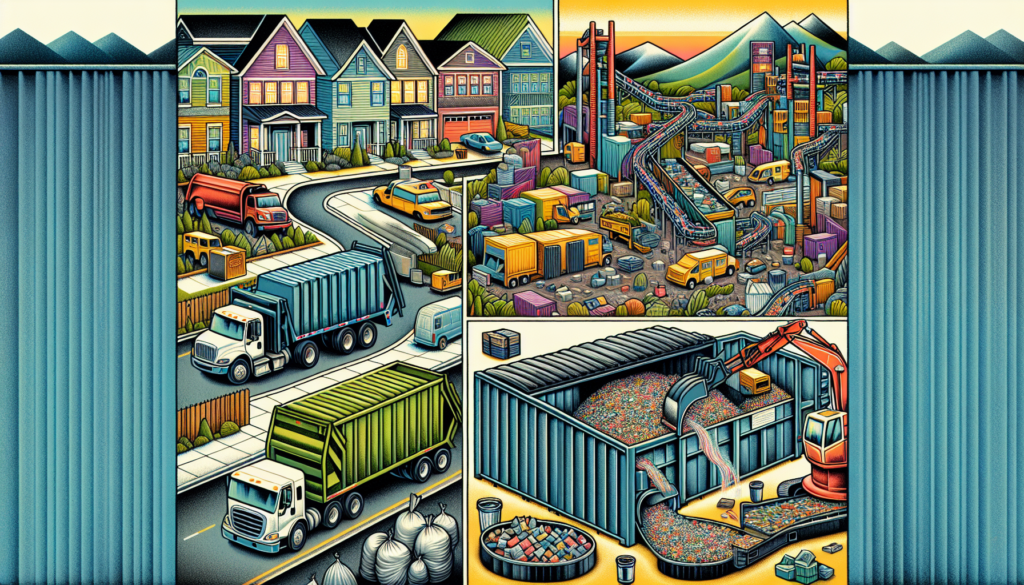
Cincinnati’s waste management system is varied and comprehensive, catering to the diverse needs of its residents and businesses. From curbside garbage collection to large-scale recycling facilities, the city’s extensive and competitive waste management services reflect the vibrancy of its manufacturing-based economy. Rumpke Waste & Recycling leads the charge with an eco-friendly fleet of nearly 200 vehicles powered by compressed natural gas (CNG), reducing emissions and paving the way for a cleaner Cincinnati.
Additionally, green teams in the waste management sector spearhead initiatives promoting recycling, waste reduction, and energy conservation, underlining the city’s commitment to environmental services beyond just disposal.
Residential Waste Disposal
Cincinnati’s residential waste disposal services, managed by the Hamilton County Department, connect every household in Hamilton County to the city’s broader environmental strategy. Single-family homes benefit from the city’s solid waste division’s curbside garbage pickup, ensuring that each discarded item is appropriately managed.
The recycling program extends to small apartment buildings and commercial storefronts, providing comprehensive waste solutions that keep communities clean and green. With curbside recycling available for everyday household items, the city makes it convenient for residents to contribute to sustainability efforts.
Commercial Waste Disposal
The commercial sector in Cincinnati is not left behind in the quest for efficient waste management. Tailored services such as commercial trash pickup and on-site waste audits ensure that businesses, regardless of size or industry, have their specific disposal needs met. This personalized approach allows companies to maintain environmental compliance while contributing to the city’s waste reduction goals.
This is a collaborative effort between the city and its businesses, both committed to a cleaner, more sustainable future.
Environmental Impact and Compliance
As stewards of the environment, Cincinnati’s landfills are built with careful consideration for protective measures. These engineered fortresses are equipped with liners to contain leachate and systems to collect and treat potent landfill gas, safeguarding the earth and its inhabitants from potential harm. The Ohio Environmental Protection Agency is the vigilant guardian of these practices, enforcing hazardous waste laws and ensuring that landfills operate within the bounds of environmental regulations through Administrative Consent Orders.
When landfills reach their capacity, they are closed off and enter a post-closure care phase, during which they are monitored for environmental compliance and eventually rehabilitated or covered with soil, leaving a legacy of safety and responsibility.
Methane Gas Recovery
Cincinnati’s waste story doesn’t stop at its disposal. Decomposing organic waste produces methane gas, harnessed to power homes and heat water, transforming yesterday’s leftovers into today’s energy. This process of methane gas recovery is a testament to the city’s innovation and its commitment to renewable energy production.
Rumpke’s third landfill gas-to-energy plant is a beacon of this commitment, bolstering the infrastructure necessary to capture and repurpose methane for the benefit of Cincinnati’s residents.
Air Quality Monitoring
The Southwest Ohio Air Quality Agency vigilantly monitors the air quality around Rumpke Sanitary Landfill, ensuring the air stays as clean as the city’s conscience. This vigilance is a collaborative effort, with local agencies like Hamilton County Public Health working to control odors and protect health, even facing challenges like the elevated landfill temperatures reported in 2009.
Air quality monitoring is rigorous, with instantaneous and 24-hour pollutant data collected at multiple points around the landfill, ensuring that Cincinnati’s air is safe. These efforts, coupled with installing a flexible membrane liner over impacted areas, demonstrate a commitment to maintaining air quality that meets standards and exceeds them.
Types of Waste Accepted at Cincinnati Landfills
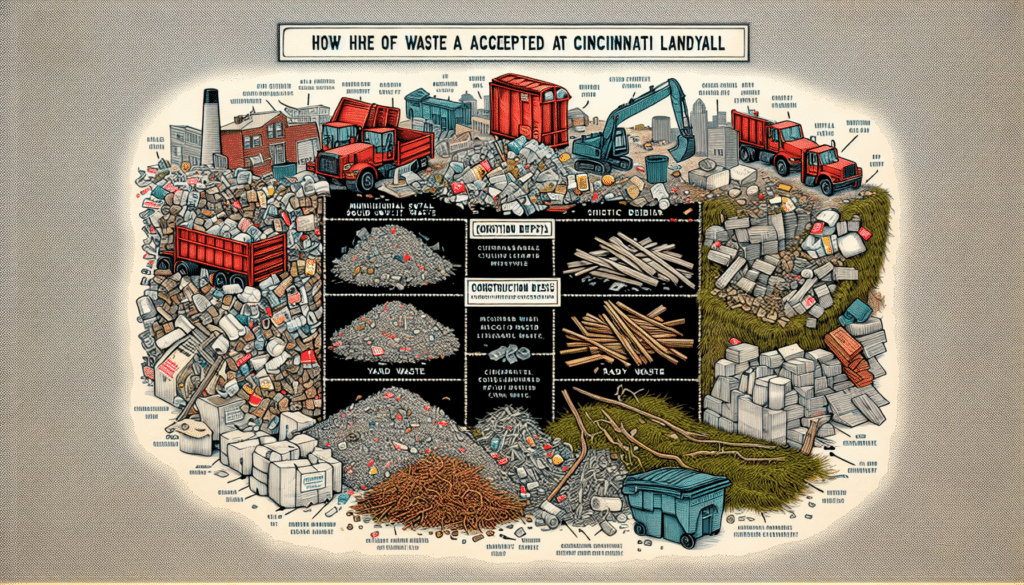
Cincinnati’s landfills serve as the final destination for a wide array of waste. Municipal solid waste, the everyday discards of city life, is accepted alongside more substantial debris from construction sites like:
- Concrete
- Brick
- Masonry
- Asphalt
Even the remnants of nature, in the form of yard waste, are welcomed at designated composting sites within the landfills, completing the circle of life from the backyard to the biosphere.
This comprehensive approach to waste management is a linchpin in Cincinnati’s strategy to effectively manage materials from all facets of urban living.
Prohibited Items
Not everything is granted entry, even into the vast receptacles of Cincinnati’s landfills. To protect the environment from the dangers of hazardous and toxic materials, items like lead-acid batteries, medical waste, and appliances containing refrigerants are strictly prohibited.
This list of non-acceptance, diligently provided by Rumpke Sanitary Landfill, guides responsible waste disposal, ensuring that the materials buried today don’t become the fires of tomorrow.
Advantages of Landfills
Landfills, while often seen as the ultimate waste destination, offer a range of benefits for Cincinnati. They are engineered marvels, with features like liners and leachate collection systems that testify to the city’s environmental commitment. Beyond containment, landfills are economic mainstays, providing jobs and powerhouses for renewable energy production.
These commercial facilities offer a cost-effective waste disposal solution, and their construction and maintenance costs are dwarfed by the value they bring to the local economy and the environment.
Understanding Landfill Terminology
Navigating Cincinnati’s waste management landscape requires understanding a set of specific terminologies. A ‘landfill site’ refers to more than just a piece of land; it’s a carefully designed and monitored facility that adheres to strict environmental practices, including daily cover over exposed waste. ‘Cover materials’ or ‘caps’ are essential to this process, serving as a daily routine and marking the final phase of a landfill cell’s life cycle, sealing the waste from the world above.
‘Clean hard fill,’ comprising non-degradable materials like dirt and concrete, is often used in construction or as part of daily cover, maintaining the integrity of the landfill.
Sanitary Landfill vs. Dump
A stark and significant distinction exists between a ‘sanitary landfill’ and a ‘dump.’ Sanitary landfills, like the ones in Cincinnati, are engineered with systems to protect the environment, such as liners and gas collection systems. In contrast, dumps lack these safeguards and are prone to pollution.
While sanitary landfills responsibly manage waste with daily cover and methane-burning methods, dumps threaten the environment and public health, offering no such measures. Understanding this difference is crucial in appreciating the meticulous care with which Cincinnati handles its waste, ensuring a safe and clean environment for all.
Summary
As we close the chapter on Cincinnati’s waste management story, it’s clear that the city’s landfills and recycling centers are more than just endpoints for refuse. They are dynamic ecosystems of sustainability, innovation, and community engagement. From the meticulous sorting of construction debris at Hafner & Sons to the energy-generating prowess of Rumpke’s landfill gas recovery, Cincinnati’s waste management practices reflect a deep-seated respect for the environment and a forward-thinking approach to resource use. As residents and stewards of this city, each of us plays a vital role in contributing to this ongoing narrative of responsible waste disposal and environmental care.
Frequently Asked Questions
What types of waste can I dispose of at Cincinnati landfills?
You can dispose of municipal solid waste, construction and demolition debris, mattresses, furniture, appliances, and yard waste at Cincinnati landfills. However, hazardous and toxic materials are not accepted.
How does Rumpke Sanitary Landfill contribute to renewable energy?
Rumpke Sanitary Landfill contributes to renewable energy by converting methane gas from decomposing waste into energy, which powers over 25,000 homes in Cincinnati.
What measures are taken to protect the environment at Cincinnati landfills?
Cincinnati landfills are equipped with liners containing leachate and systems for collecting and treating landfill gas. They are also regularly monitored for compliance with state regulations to protect the environment.
Are there any items that cannot be thrown in the landfill?
Yes, hazardous and toxic materials like lead-acid batteries and medical waste are prohibited from being thrown in landfills.
What is the difference between a sanitary landfill and a dump?
Sanitary landfills are designed to manage waste safely, with environmental protection systems, while dumps are unregulated sites that can pollute the environment and pose health risks.






































































